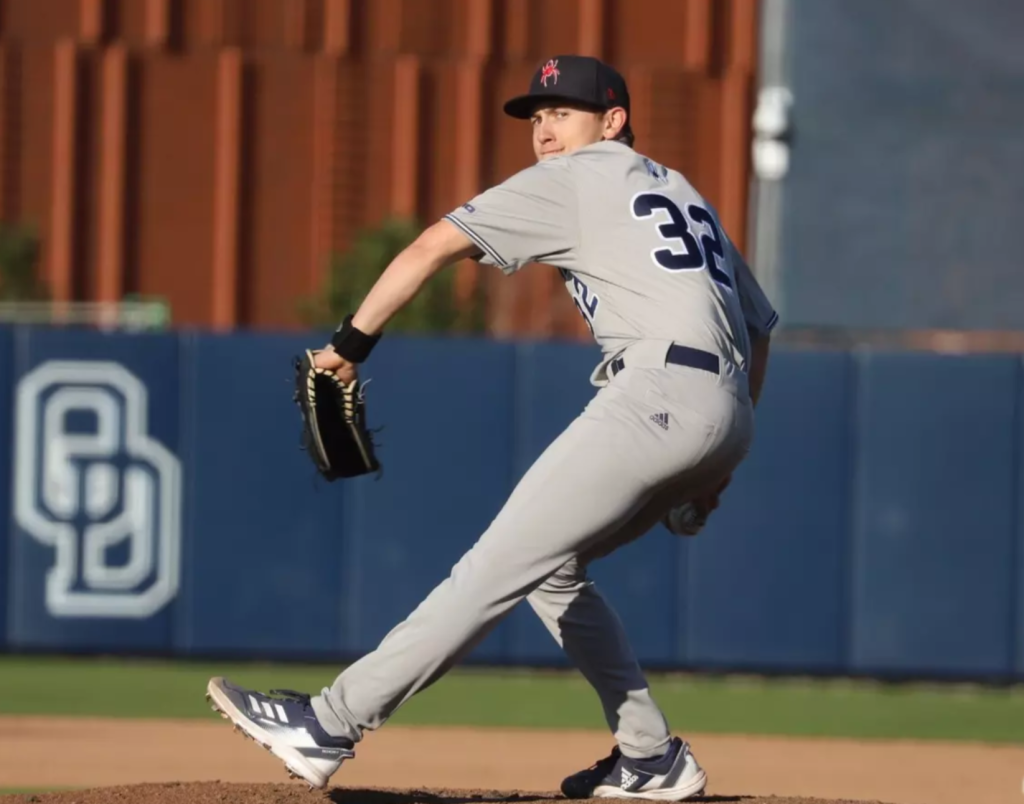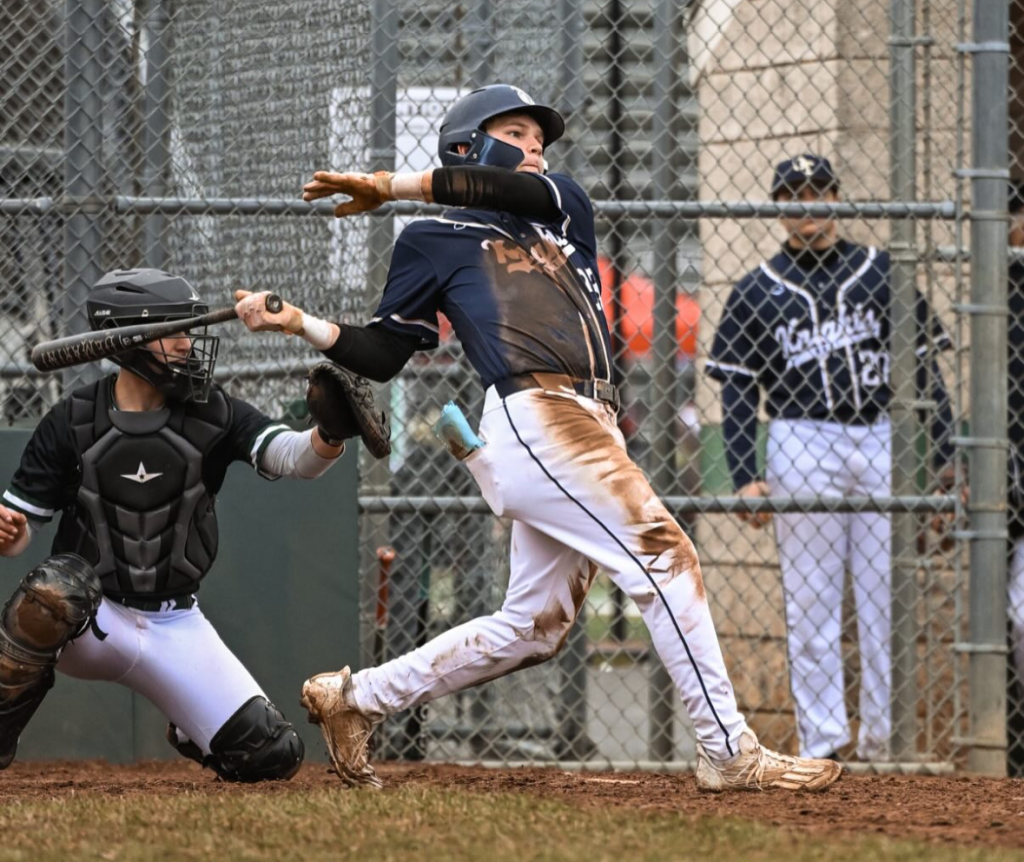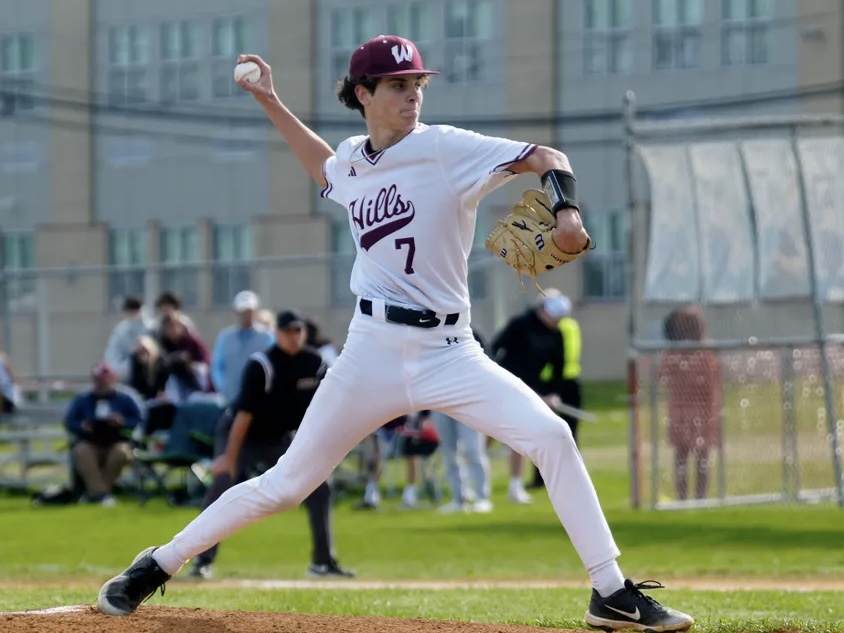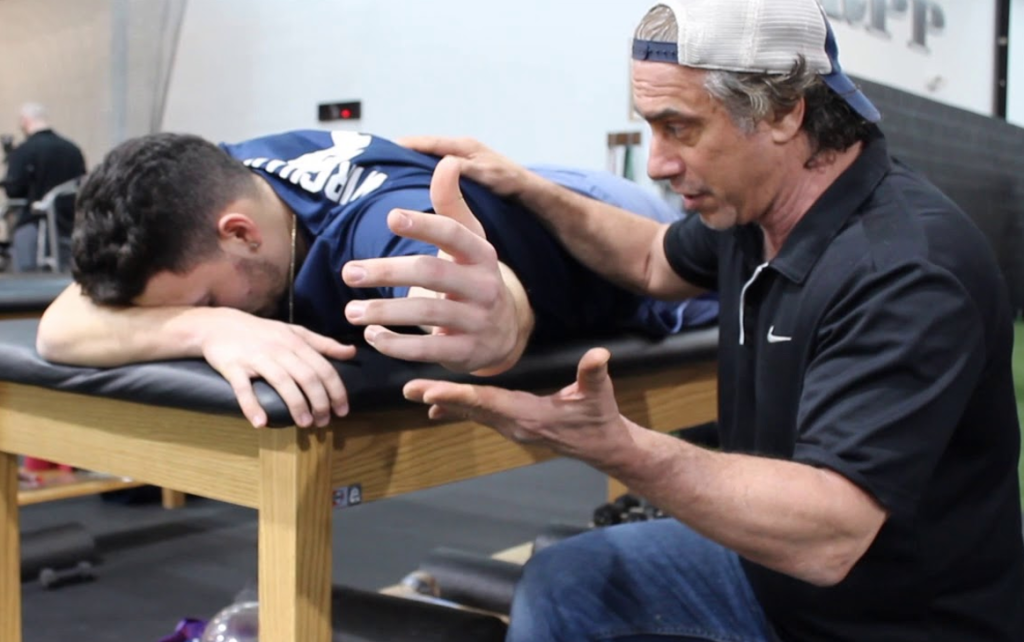
This year will be the 8th year we’ve run our Elite Summer College Program for pitchers. The program can be done here at RPP (in-house), 100% on a remote basis, or as a hybrid program, where athletes join us on bullpen days, and do other portions of the program at a local gym near their home. Who is it for?
-
- College-level pitchers
- Graduating seniors (excellent way to spend the summer before the first year)
And best of all, in both cases, it can be adjusted for those playing summer ball.
But, how do we get those big gains?
Continue reading “Summer College Throwing Program — How Do We Get Those Big Gains?”










